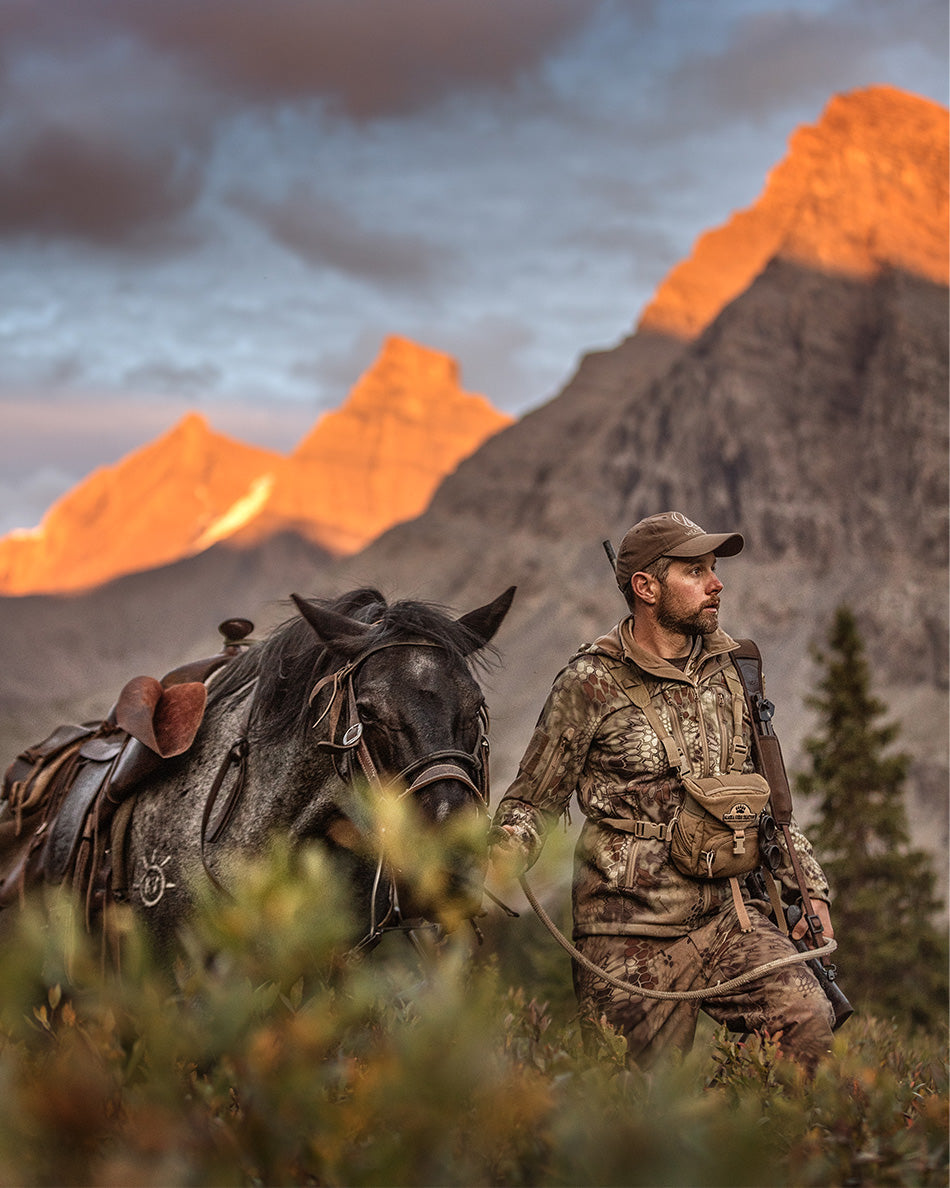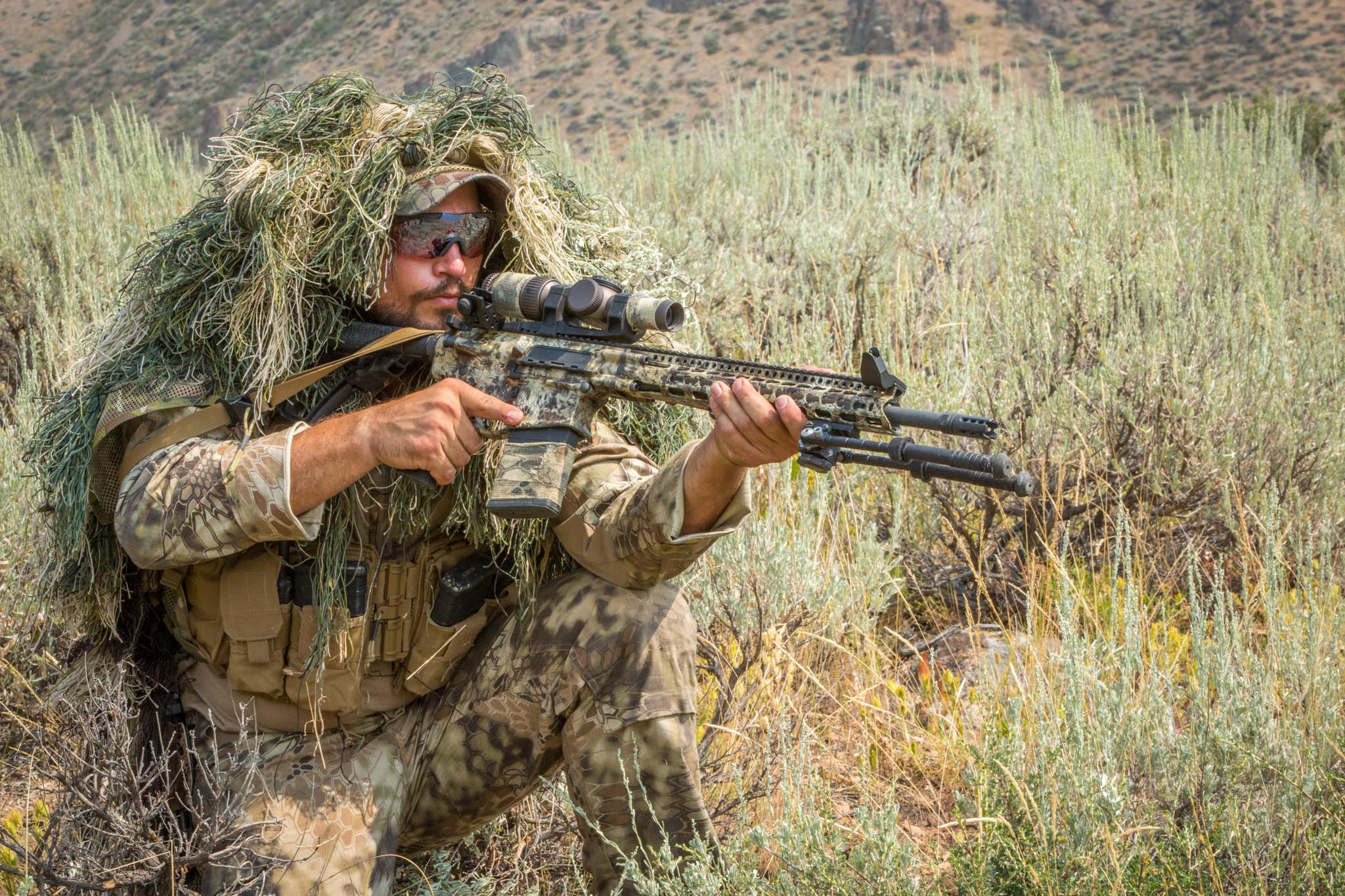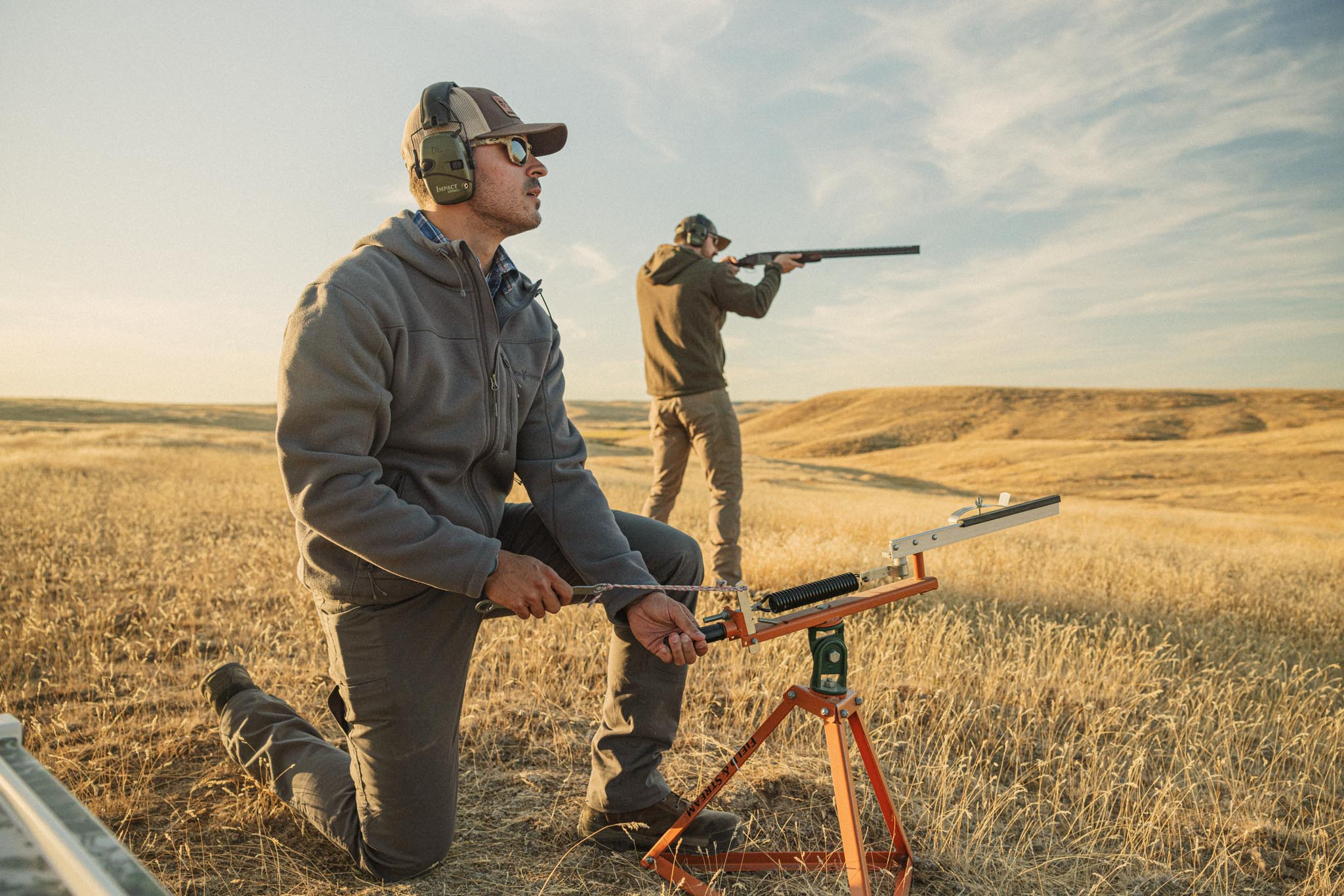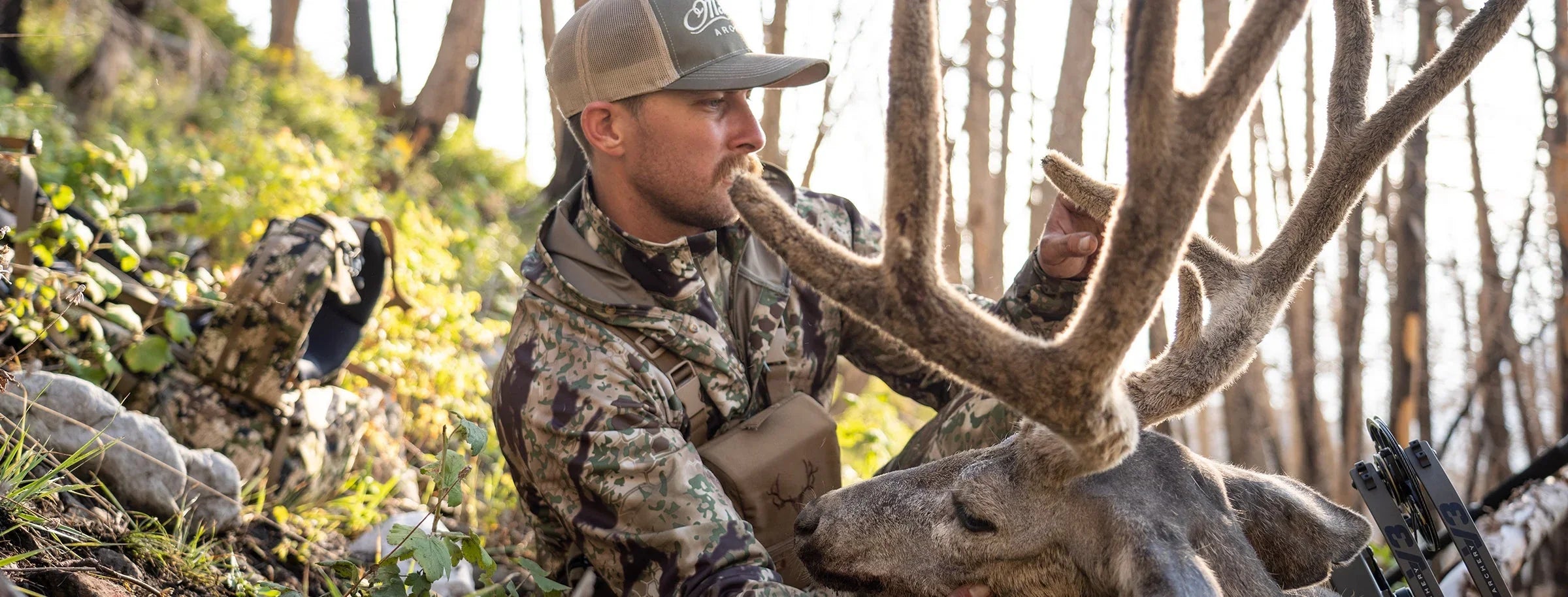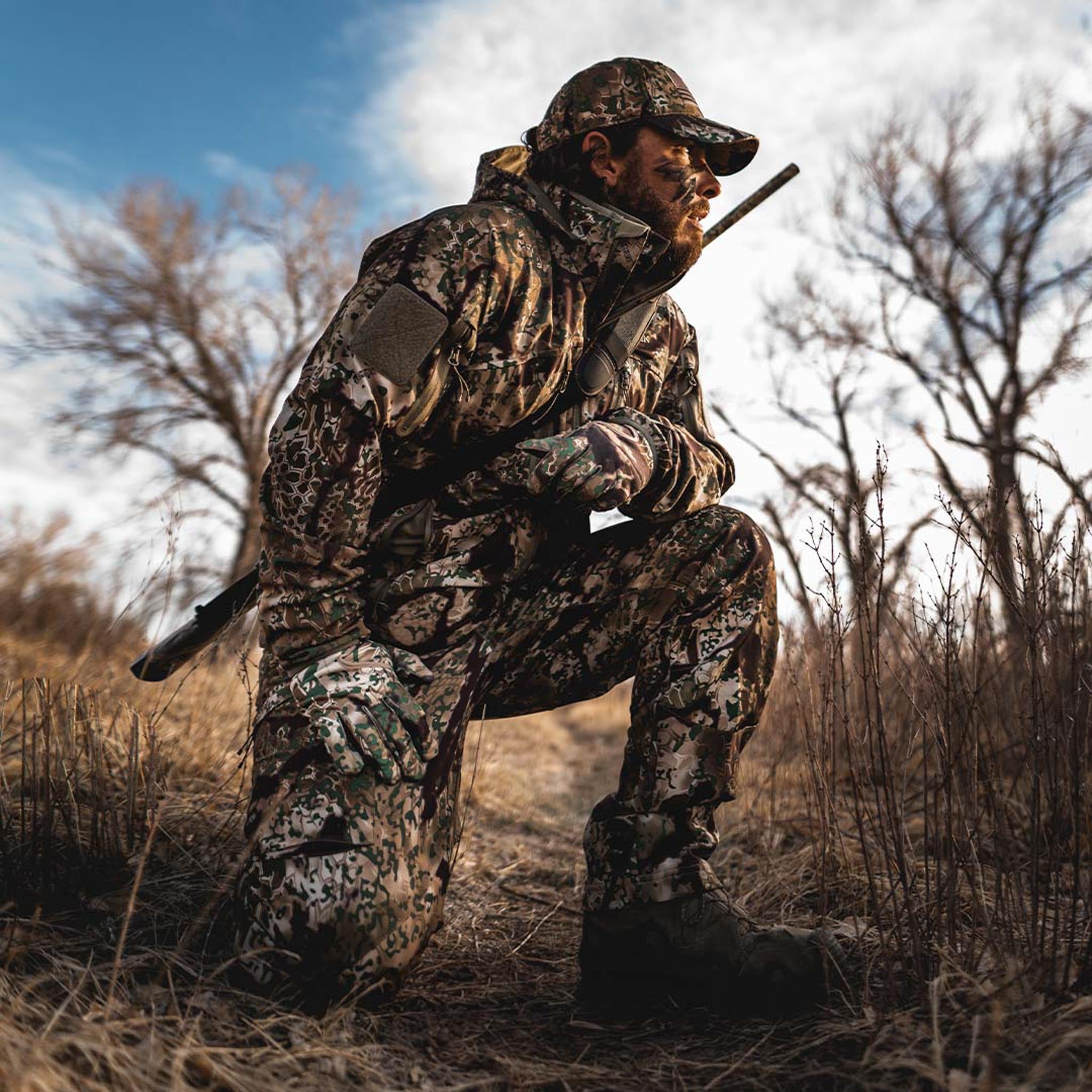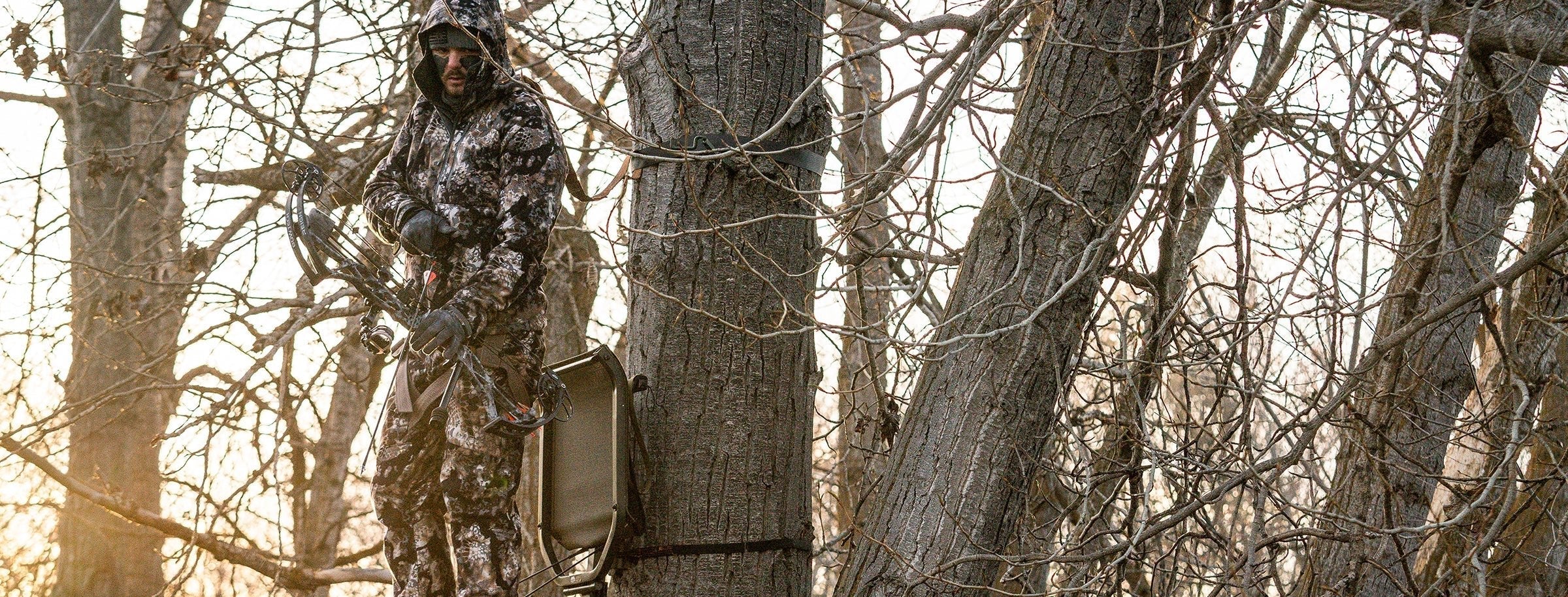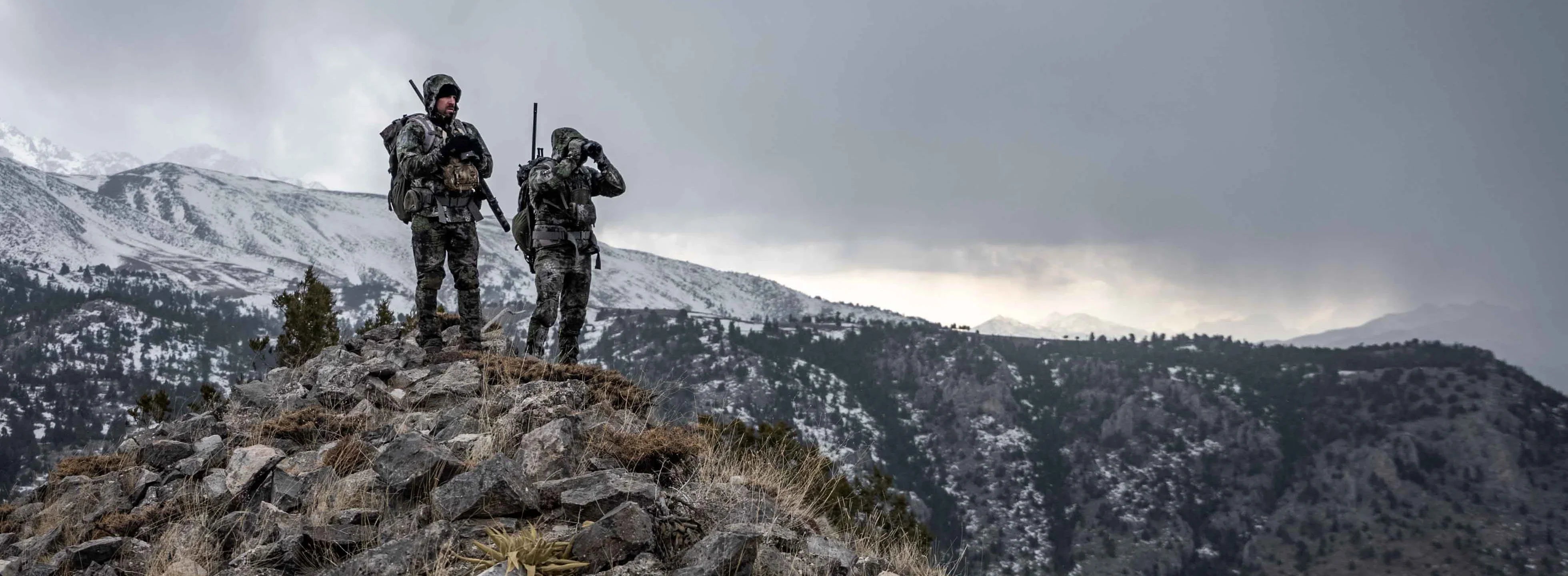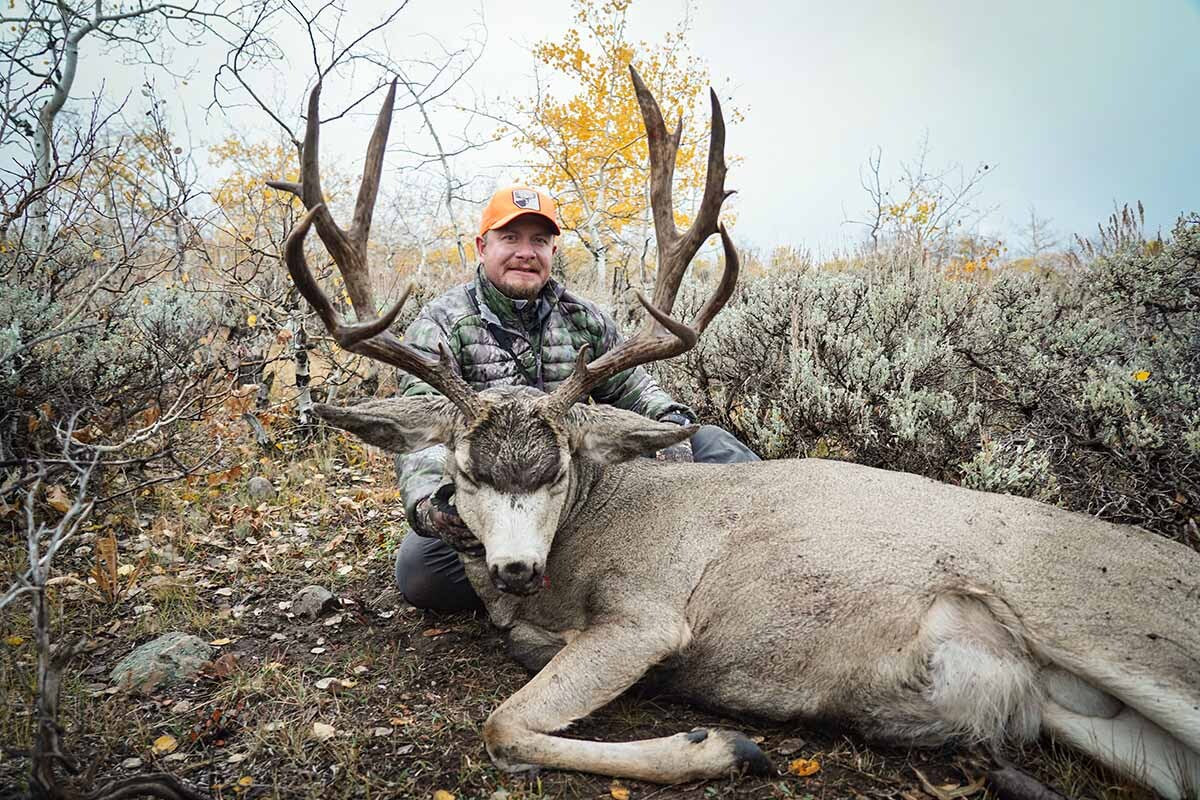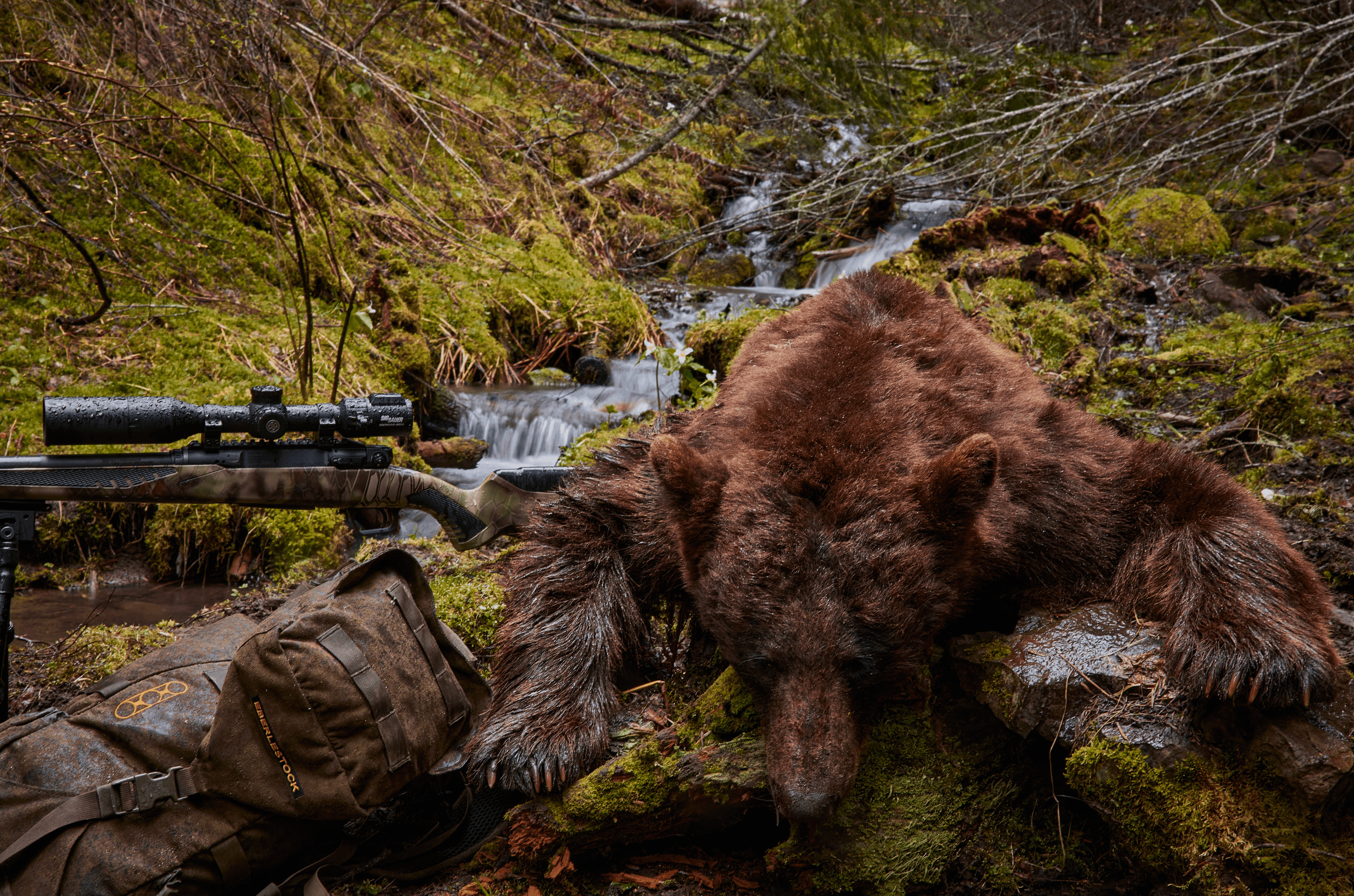
Baiting for Bear
Baiting For Bears
Baiting for bears is one of the most popular methods for hunting bears, and it requires some knowledge and preparation to be successful. Fortunately for all of us, our friend Rod Bradly was kind enough to share some of his knowledge and years of experience hunting bears. In this article Rod covers the main topics of bear baiting, including airflow, bait sources, Importance of smell, bait spot selection, and the importance of moving your kill away from the bait site.

Air Flow
Air flow is critical to the success of a bear-baiting operation. This is because bears have an exceptional sense of smell, and they can detect the scent of food from great distances. In fact, they can smell food up to two miles away, depending on the conditions.
To use airflow to your advantage, you need to set up your bait site in an area where the wind will carry the scent of your bait around. The goal is to position your bait in a location where the wind will carry the scent toward areas where the bears are likely to be found. This will increase the likelihood that the bears will detect the scent and come to investigate.
One factor to consider is the terrain of the area you will be hunting in. Bears will often travel along ridgelines or other high points to catch the scent of food, so setting up a bait site in an area where the wind will carry the scent uphill is often advantageous. This is known as using thermals, which are upward air currents created by the warming of the earth's surface by the sun.
Another important consideration is the direction and strength of the wind. You want to set up your bait site so that the wind is blowing from the direction of the bears' travel, as this will help to carry the scent of your bait toward them. You also want to ensure that the wind is not too strong, as this can disperse the scent too quickly, making it more difficult for the bears to locate the bait.
Overall, understanding airflow and how to use thermals to your advantage can be a game-changer when it comes to attracting bears to your bait site. By positioning your bait in an area where the wind will carry the scent toward the bears, you can increase your chances of success and have a more rewarding hunting experience.

Bait Source
The type of bait you use can make a significant difference in the success of your bear-baiting operation. The best bait sources are easy to replicate and can be found in your local grocery store or butcher shop. Using readily available food sources can also be more cost-effective than purchasing specialized bear bait.
One popular option for bear bait is dog food. This is because dog food is typically high in protein and has a strong odor, making it an attractive option for bears. Dry dog food is often preferred as it is easier to transport and store, but wet dog food can also be used.
Another common bait source is donuts. Bears have a sweet tooth and are attracted to sugary foods, making donuts a popular choice. You can use a mix of different types of donuts to create a varied scent and increase the chances of attracting bears.
Scrap meat from a butcher shop is another popular option for bear bait. This can include meat trimmings, fat, and bones. These scraps have a strong odor and can be hung from a tree or placed in a barrel at the bait site to attract bears.
In addition to these more traditional bait sources, you can also use items like caramel or grease to create a strong scent that will attract bears to your bait site. These items have a sweet and strong smell that can carry for long distances, making them effective bait options.
When choosing your bait source, it's important to consider the local regulations and restrictions around bear baiting. In some areas, certain types of bait may be prohibited or have specific restrictions. It's important to do your research and ensure that you are using legal and ethical bait sources.
Overall, using easy-to-replicate bait sources can be a cost-effective and efficient way to attract bears to your bait site. By using items like dog food, donuts, and scrap meat, you can create a strong scent that will entice bears and increase your chances of a successful hunt.
Keep it Stinky: Or Not!
When it comes to the scent of your bait, there are different approaches you can take, and each has its pros and cons.
Some hunters swear by using rotten or spoiled meat/fish as bait. This is because the strong smell of decay can attract bears from a long distance away. However, there are several drawbacks to this approach. Firstly, it can be difficult to handle and transport spoiled meat without making a mess. Additionally, using spoiled meat as bait can also attract other scavengers, such as coyotes and raccoons, to your bait site, which can scare away bears. Lastly, using spoiled meat can create a health risk for both you and the bears as it can spread disease.
On the other hand, some hunters prefer to use really good-smelling things like caramel or grease to create a strong scent. The sweet smell of caramel or the strong aroma of grease can also be effective at attracting bears. The advantage of using these types of bait is that they are easy to handle and transport, and they don't pose a health risk. However, it's important to keep in mind that using sweet bait can also attract other animals like skunks or even bees which can cause problems at the bait site.
Ultimately, the choice of bait scent is up to you, and it's important to consider the conditions in your hunting area. Factors like the weather, the time of year, and the availability of natural food sources can all influence the effectiveness of different types of bait. For instance, during the fall, bears are more likely to be attracted to high-calorie foods, like nuts and berries, as they prepare for hibernation. In the spring, when they emerge from hibernation, they may be more interested in protein-rich foods, like meat.
In general, it's important to experiment with different types of bait to find out what works best in your area. By trying out different baits and scents, you can increase your chances of attracting bears to your bait site and having a successful hunt.

The Right Location
Choosing the right location for your bait site is critical when it comes to attracting bears and having a successful hunt. Here are some important factors to consider:
- Proximity to feeding areas: You want to select a spot that is close to where the bears are already feeding. Look for signs of bear activity such as tracks, scat, and claw marks on trees. If you can find an area where bears are already feeding, your bait site will be much more attractive to them.
- Cover: Bears are cautious animals, and they prefer to approach food sources from areas where they can stay hidden. Look for a spot with plenty of cover, such as dense vegetation or fallen trees, that will allow the bear to approach your bait without feeling exposed.
- Shooting lane: When you choose your bait site, make sure to consider your shooting lane. You want to be able to take a clear shot at the bear when it's in a clear area. Consider the terrain and vegetation around your bait site and plan accordingly.
- Wind and thermals: Bears have an incredible sense of smell, so it's important to approach your bait site with the wind in your favor. This means that you should approach your hunting spot by playing the wind and thermals. Try to choose a spot where the wind will carry the scent of your bait away from where you will be positioned to take your shot.
- Accessibility: Finally, you want to choose a location that is easy to access. This will make it easier for you to transport your bait to the site, and it will also make it easier for you to set up your hunting blind and equipment.
In general, choosing the right location for your bait site requires a bit of scouting and planning. Take the time to explore the area and look for signs of bear activity, and then choose a spot that meets all of the criteria outlined above. With a little bit of effort and preparation, you can create a bait site that is highly attractive to bears and increase your chances of having a successful hunt.

Keep the Bait Site Clean
Keeping your bait site clean and free from any potential sources of danger is crucial when it comes to attracting bears. Here are some key things to keep in mind:
- Never gut or clean your bear at the bait site: This is a critical mistake that many hunters make. Not only can it attract other predators to the area, but it can also make the bears wary of returning to your bait site. Bears are naturally cautious animals and any signs of danger can quickly spook them. It's best to move the meat to a safe location away from the bait site before processing it.
- Remove any trash or other potential sources of danger: Make sure to clean up any trash or other potential sources of danger around your bait site. This can include things like empty food containers or anything else that might attract unwanted attention from other predators.
- Use a scent eliminator: Consider using a scent eliminator to mask your own scent and reduce the chances of the bears detecting your presence. You can find scent eliminators at many sporting goods stores, and they can be highly effective at reducing your scent and increasing your chances of a successful hunt.
- Consider using a game camera: Setting up a game camera near your bait site can help you keep track of bear activity in the area and give you a better idea of when the best time is to make your move.
Keeping your bait site clean and free from any potential sources of danger is critical when it comes to attracting bears and increasing your chances of a successful hunt. Take the time to carefully plan your approach and follow these tips to create a bait site that is highly attractive to bears.
In conclusion, baiting for bears can be an exciting and rewarding experience. By considering the factors of airflow, bait source, scent, bait spot selection, and moving the meat, you can increase your chances of success and have a memorable hunting trip. Remember to always follow local hunting regulations and to practice ethical hunting practices. Good luck and happy hunting!

